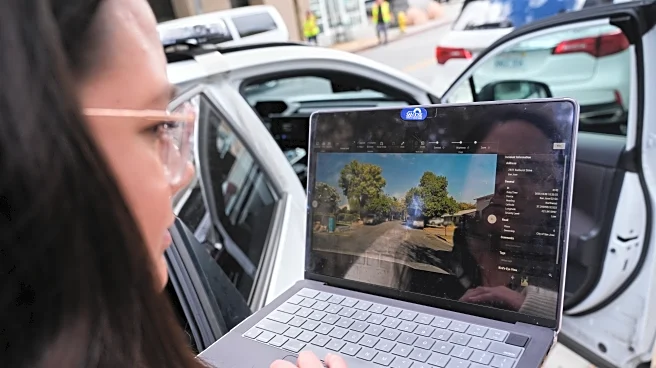What's Happening?
A new study introduces the MR-DeepLabv3+ network, a precise building semantic segmentation algorithm for remote sensing images. The model was tested on various datasets, including Self-building, WHU, and
Massachusetts building datasets, demonstrating superior performance in identifying building edges and small targets. The MR-DeepLabv3+ model outperformed traditional segmentation models like UNet, PSPNet, and DeepLabv3+ in terms of accuracy, mean intersection over union (MIoU), and frequency weighted intersection over union (FWIoU). The model's computational efficiency is also highlighted, with faster inference speeds and lower complexity compared to other state-of-the-art models.
Why It's Important?
The development of the MR-DeepLabv3+ network marks a significant advancement in remote sensing technology, offering improved accuracy and efficiency in building segmentation tasks. This has implications for urban planning, disaster management, and environmental monitoring, where precise building data is crucial. The model's ability to handle complex scenes and dense urban areas could lead to better resource allocation and decision-making in these fields. Additionally, the enhanced computational efficiency makes it suitable for deployment in resource-constrained environments, broadening its applicability.












